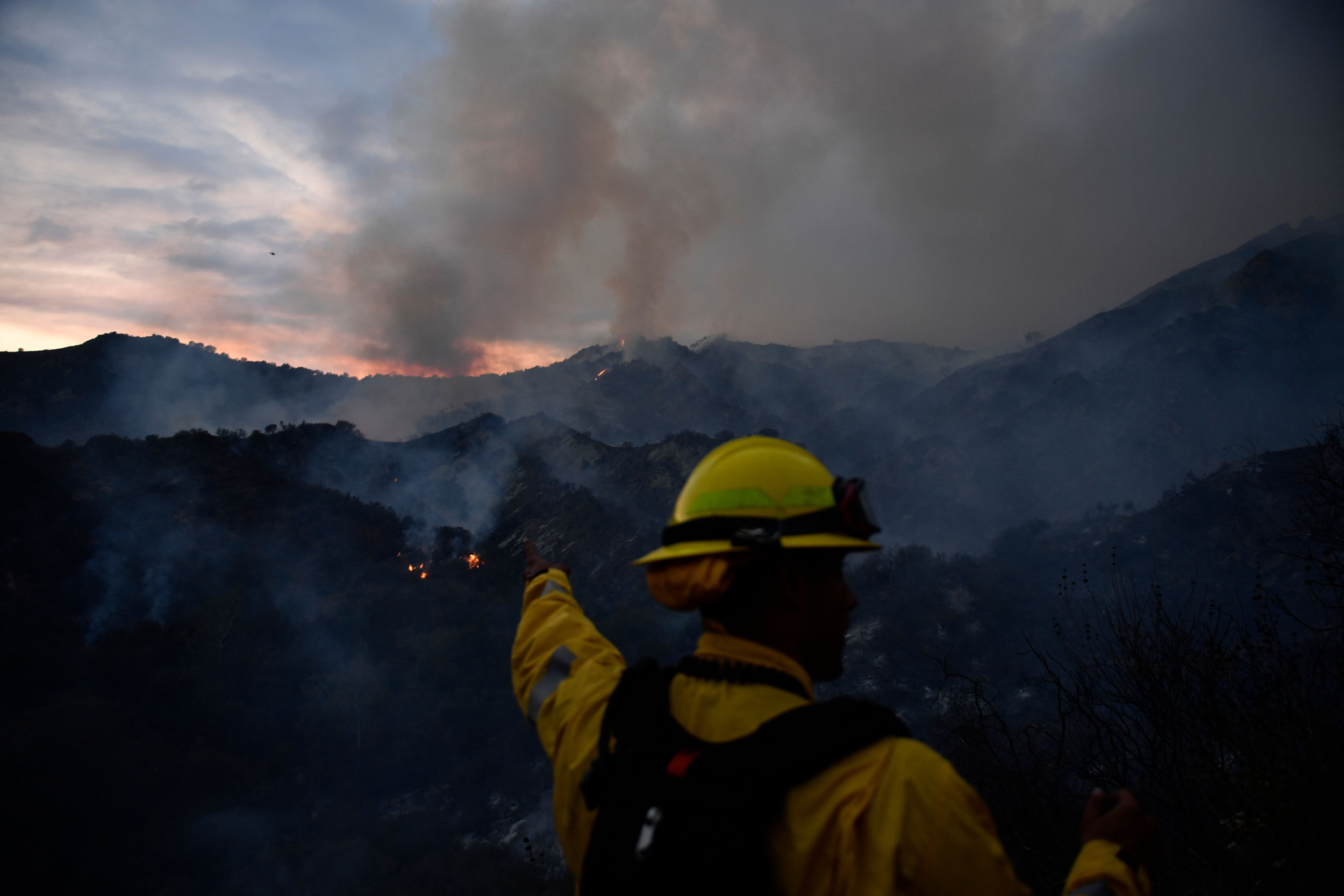"High" coronavirus wastewater levels are still being detected in three U.S. states, despite "low" levels nationwide.
Based on the latest data from the U.S. Centers for Disease Control and Prevention (CDC), Newsweek has mapped out this variability to reveal where high coronavirus levels in wastewater still persist.
After a surge in COVID-19 cases this summer, infection rates seem to be on the decline. As of October 19, positive results account for only 5.6 percent of all tests, excluding at-home testing, in the U.S., down 0.6 percent from the previous week.
As of October 24, the overall viral activity level in wastewater across the country has been classified as "low" by the CDC, with the highest wastewater levels concentrated in the West.
New Mexico and Wyoming are still detecting "high" virus activity, along with New Hampshire on the East Coast. "Moderate" levels have been reported in 14 states, and "low" levels are now detected in 20 states, with 13 reporting "minimal" detection levels, the lowest classification in the CDC's system.
The map below shows which states have seen the highest detections in wastewater.
Viral levels in wastewater are a helpful indicator of disease prevalence within a population.
Recent spikes in COVID-19 cases have been largely driven by a new class of subvariants nicknamed FLiRT after the position of the mutations on the virus' spike proteins, the projections that allow them to enter our cells.
These proteins are also used as targets by immune systems and vaccinations, so changes in their structure can allow the virus to bypass the body's defenses more easily. However, existing vaccines are likely to provide at least some form of protection against more severe symptoms and long COVID-19.
As of October 26, the now-dominant subvariant, KP. 3.1.1, accounted for more than 57 percent of all U.S. COVID-19 cases over the previous two weeks, according to the CDC, with the new XEC variant accounting for 17 percent.
Despite changes in viral DNA, symptoms remain largely the same, according to the CDC:
- Fever or chills
- Cough
- Shortness of breath
- Fatigue
- Muscle or body aches
- Headache
- Loss of taste or smell
- Sore throat
- Runny nose
- Nausea or vomiting
- Diarrhea
More vulnerable individuals may still be at risk of severe illness, so it is important to self-isolate if you receive a positive COVID-19 test.

Is there a health problem that's worrying you? Do you have a question about COVID-19? Let us know via health@newsweek.com. We can ask experts for advice, and your story could be featured in Newsweek.





.png)














 English (US) ·
English (US) ·